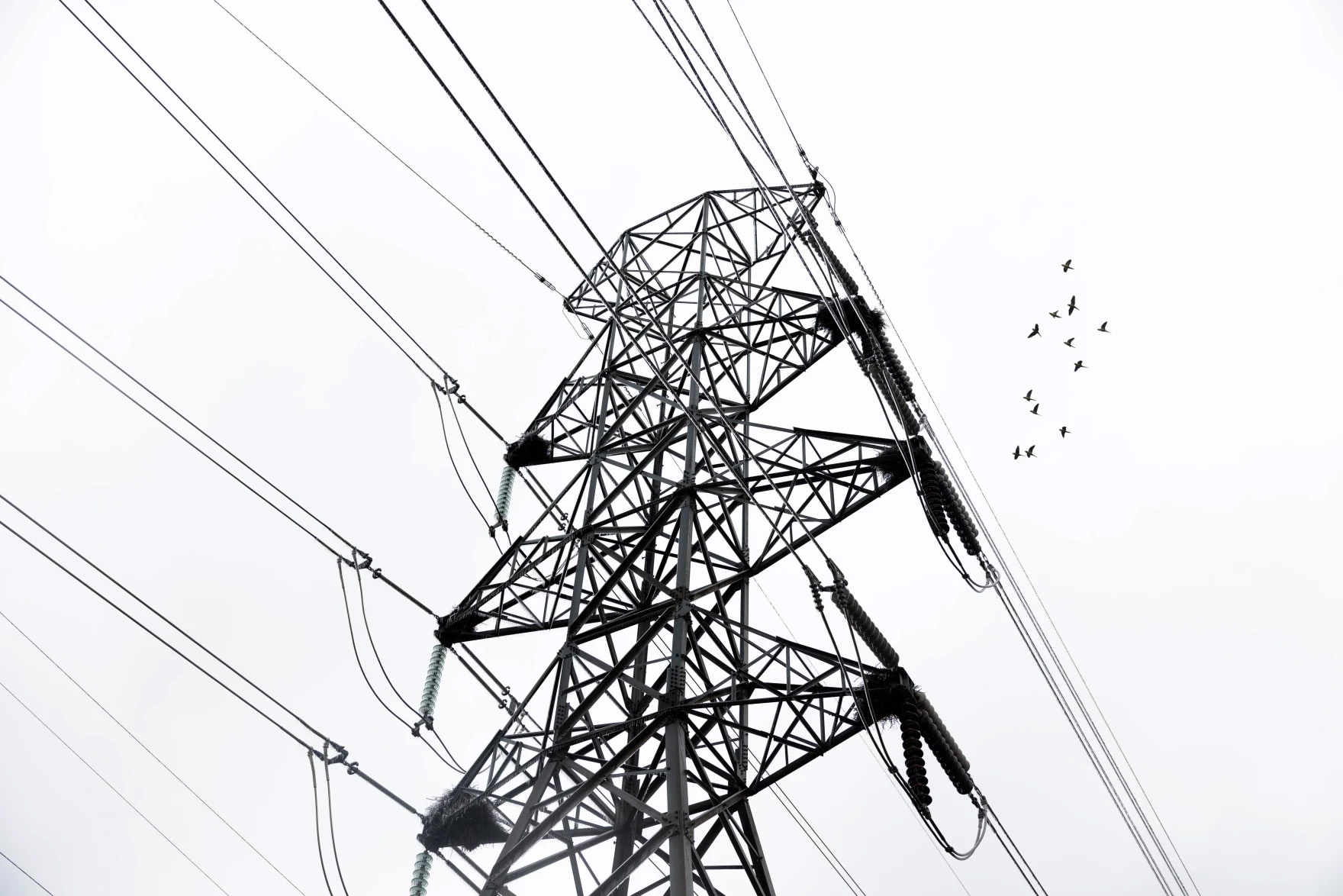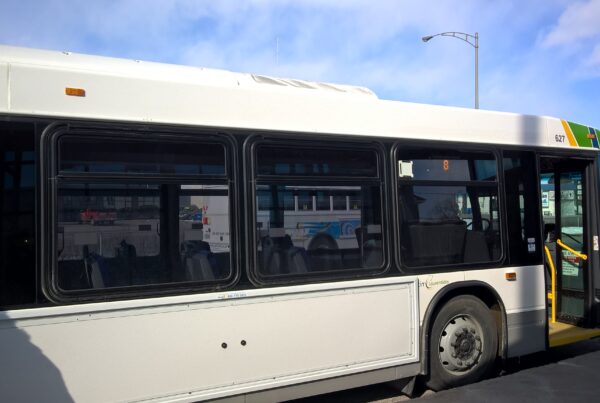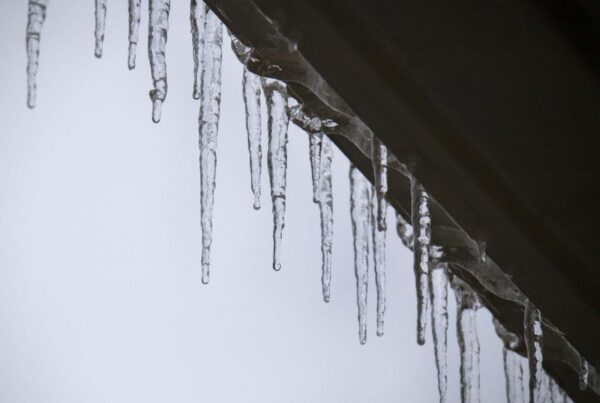From KUT:
It’s almost mid-January, and there are tomatoes growing in my backyard in Austin.
That might seem like a strange way to start an article on the Texas power grid. But, as the state faces its first big freeze this winter, it’s worth noting how historically warm it’s been so far.
“It was our sixth warmest December on record,” said Victor Murphy, a climate services program manager with the National Weather Service in Fort Worth. “It’s been very mild.”
That will come to a screeching halt Sunday when a cold front arrives and temperatures drop below freezing in much of the state. In some places, temperatures are expected to stay there for days.
“It’s going to be a shock to the system,” Murphy said. “I think that’s the context for, maybe, the big story.”
That “big story,” for many, is whether the Texas power grid is ready to handle such a freeze.
Ever since 2021, when a massive winter storm crashed the state’s energy system and left millions without power for days, arctic blasts like this have provoked deep anxiety in Texas.
Now, as the cold is expected to drive electricity demand to potential new highs, people are wondering if this freeze will bring another statewide blackout.
The answer is no, according to independent analysts and the state’s grid operator, the Electric Reliability Council of Texas.
“Grid conditions are expected to be normal,” ERCOT announced in a news release Wednesday.
There are reasons for that high degree of confidence.
Supply and demand
The incoming cold front is expected to be nowhere near as severe as the winter storm of 2021, which not only drove up demand, but also cut power supply by freezing up components on power plants, natural gas infrastructure and wind generators.
“I think there’s no comparison at all to 2021,” Murphy said, pointing to forecasts that show little to no freezing precipitation, lighter winds and cold weather that won’t last nearly as long. “This event coming up should not have nearly the impact on infrastructure.”
While the cold could help drive Texas energy use to record winter levels, ERCOT is anticipating a comfortable cushion of extra energy capacity.
“It does look like we’re going to have plenty of resources on the system,” said Joshua Rhodes, a UT research scientist and consultant who works on power grid issues. “The wind [power generation] fleet will be doing pretty well. It looks like it’s going to be sunny across most of the state, and so the solar [power generator] will pick up pretty quick.”
“There’s always the chance that more things break than you think,” he said, but “it doesn’t look like everything’s going to be broken going into this weekend.”
The usual disclaimers
Of course, forecasts can change and things can still go wrong.
Any time energy use spikes to new highs, every megawatt counts. Problems on the grid that might otherwise have gone unnoticed, like a natural gas generator shutting down, suddenly take on greater urgency.
When I asked Rhodes if, even if a power shortage is unlikely, we might get calls for energy conservation as demand rises next week he replied: “If we’re going to get one this winter, that’ll probably be one of the times we would.”
The cold weather is sure to bring local challenges as well. Communities around the state are, right now, preparing cold weather shelters for those with nowhere to keep warm.
People with homes should remember to try to insulate exposed water pipes and locate the water shutoff valves to their homes in case pipes freeze and burst in the cold.
You can find a handy list of freezing weather preparation tips right here.
Near-term anxiety, long-term challenges
Whether the Texas grid experiences problems in the next week — or at any time this winter — most policymakers, industry and consumer groups, and energy analysts agree long-term challenges remain.
Over the summer, grid operators called for voluntary energy conservation 11 times and had to declare one official “energy emergency” amid record-breaking heat and energy demand.
ERCOT has also said a major winter storm carries a 1-in-6 chance of a grid emergency this year.
Some have suggested improving energy efficiency in Texas would reduce peak demand and help limit the risk of power shortages. But, so far, state plans have instead focused on encouraging building new natural gas power plants to try to increase supply.
Those projects take years to complete and may struggle to find investors.
In the meantime, established weather patterns are becoming less predictable, as my January crop of tomatoes may attest.
“Despite the fact that we’re in a warming globe right now… we are still going to have these cold or colder outbreaks occur,” Murphy said. “So our infrastructure, our public policy still needs to be geared for these cold outbreaks.”
Considering all that, it’s a fair bet the debate over how to meet the state’s seemingly ever-growing energy demand will continue.



















